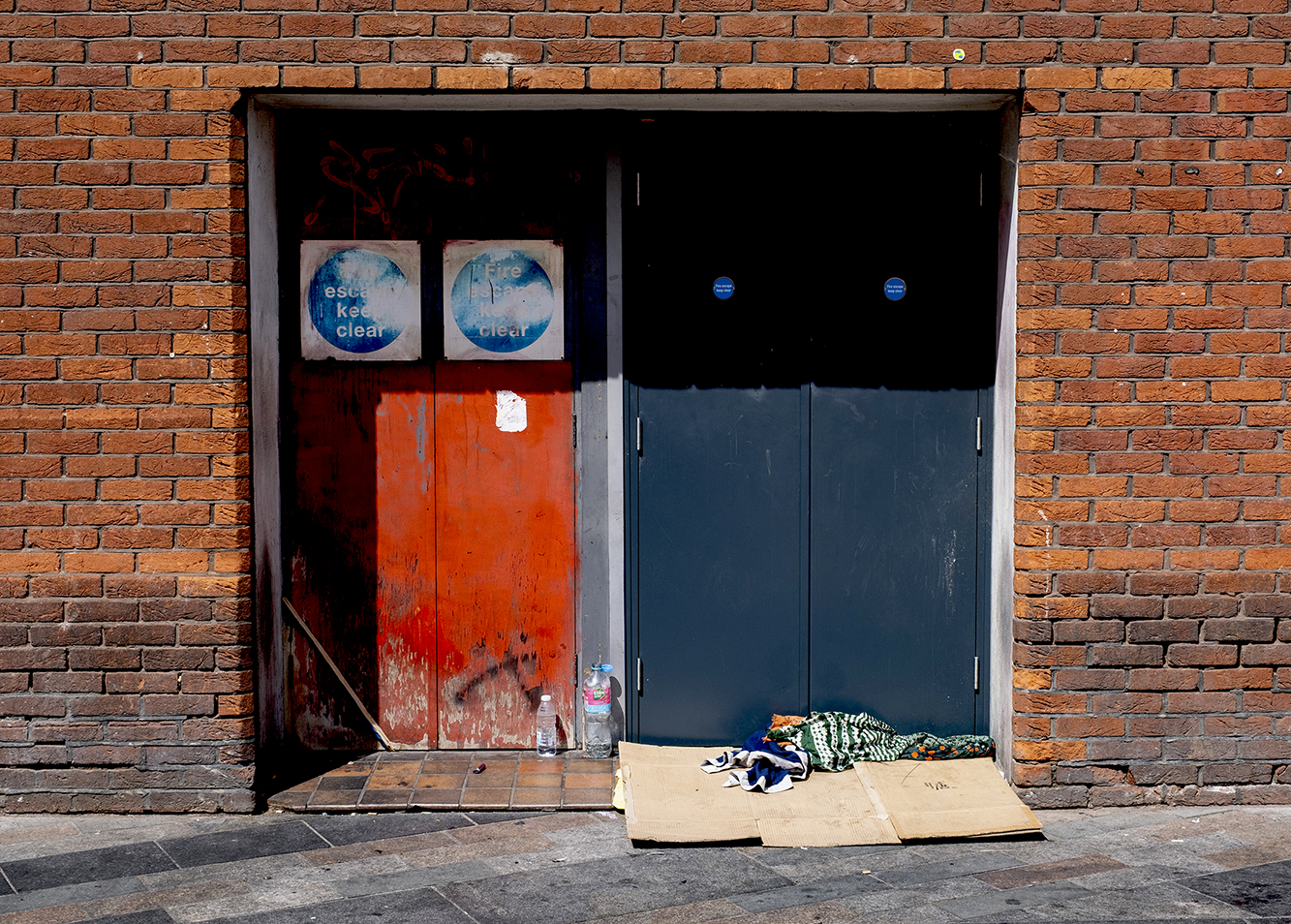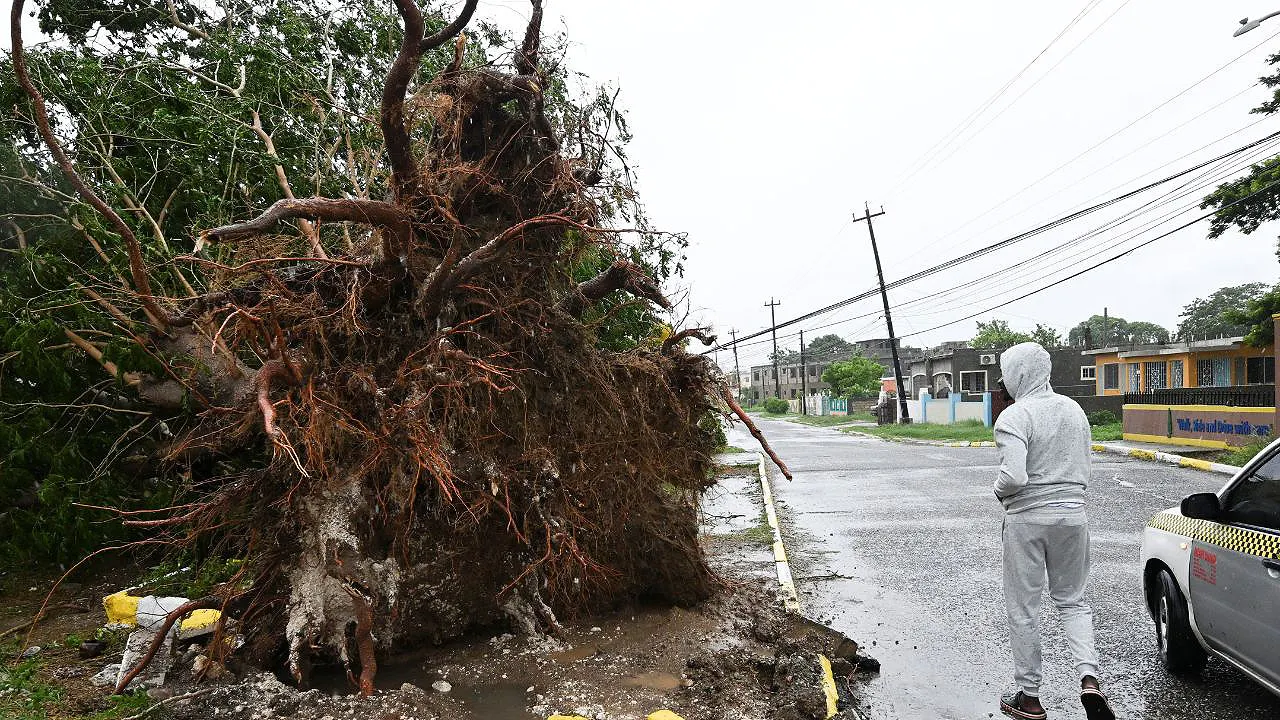Copyright newstatesman

In 2024, 1,611 people died homeless in the UK, according to the Museum of Homelessness. Its annual report on homeless deaths shows the number of people dying homeless in this country has been growing ever since numbers started being collected in 2017. The details of the deaths of 8,523 have been recorded since then. Part of this is just because number of homeless people is growing. It’s a grim arithmetic, but with a growing homeless population there will statistically be more deaths of homeless people, without some action to reverse either or both of those trends. When we think “homeless” we generally defer to someone sleeping rough, effectively a “roofless” person. While this is at the extreme end of homelessness, there are many more people who are mostly in hostel accommodation, exempt accommodation, temporary accommodation, sofa-surfing or awaiting eviction. Rough sleeping numbers increased 20 per cent from 2023 to 2024. In July of 2025 there were 131,140 households in temporary accommodation, including 169,000 children, a 12 per cent increase from the year before. Alongside this trend there has been little relief for public services, particularly those focused on homeless people. “People are just much more marginalised now than they were even a few years ago,” said Matt Turtle, co-founder of the Museum of Homelessness. He pointed to the continued pressure on local government, together with high rates of evictions and the impact of a wave of synthetic opioids and psychoactive drugs in parts of the UK. “When we say homeless, we just think about the lack of a house. We don’t really as a society truly understand the complexity, and so policy reflects the popular conversation and therefore dismisses this group of people over and over again,” said Gill Taylor, strategic lead of the Dying Homeless Project. Two of the leading risks leading to death are being discharged from prison and overdose, according to Taylor’s work. The Prison and Probation Ombudsman is required to investigate the deaths of people who have died within 14 days of discharge from prison. It investigated 137 deaths between 6 September 2021 and 31 December 2023 and found 20 people had died from a drug-related overdose within one day of release and another 63 within the first two weeks. When the Ombudsman analysed 105 of the deaths in more detail, it found a third were released from prison straight into homelessness. “I think that kind of intersection between health drugs and criminal justice is just not attended to in policy. And for the people who are the most vulnerable, that is a life threatening situation,” Taylor said. Among young homeless people, poor mental health leading to suicide is a leading cause of death. “Many of the suicides that we’ve reported are in very young people who are really struggling at the sharp end of social isolation, not having access to the health care that they need, finding themselves on the streets or in hostels that are, quite frankly, disgusting places to stay,” said Taylor. Evidence shows that being homeless as a young person increases the risk for that person of struggling with education, health, employment and homelessness as an adult. What is branded a “temporary” situation can have lifelong impacts. It can also be fatal. Two of the 1,611 deaths this year were babies dying homeless as a result of cot death. “Environmental factors are at play in cot deaths. If you can’t control the temperature or where your child sleeps, or whether you’re sleeping in the same bed as each other, all of these things increase that risk,” Taylor said. So how can the government get the number of homeless deaths down? There are legislative moves happening, but very slowly. The Renters’ Rights Act means a ban on no-fault evictions coming into force in the following year (but there is no clear date on this). No-fault evictions have long been the leading cause of homelessness, so this will have an impact – it’s just taken six years to happen since the then PM Theresa May announced it. The Supported Housing Regulatory Oversight Act was meant to provide a licensing framework and proper oversight for social landlords when it was passed two years ago. However, the guidance is only just being consulted on and it will likely be another year before anything happens. The Scottish government has moved faster and reformed its policy on “priority need” in homelessness, which means people are being housed far quicker than before. “It’s not Housing First, but it’s almost like a housing first approach to temporary and emergency accommodation,” explained Turtle. Scotland has also allowed the UK’s first safe consumption room in Glasgow, where people who use drugs can do so while supervised by health and social care professions. This only opened at the start of 2025, but anecdotally the service appears to be successful in preventing overdose deaths. “We’ve just seen a much more concerted effort around harm reduction in Glasgow and Edinburgh particularly focused in those cities, and you have seen declines [in homeless deaths] in those cities,” said Turtle. People who are homeless struggle to access healthcare and are often among the most challenging to treat, according to Taylor. Anecdotally, she says, those homeless people who are diagnosed with cancer are more likely to be already at stage 4, for example. The “inclusion health” approach of designing specialist services to meet the needs of marginalised groups ranging from homeless people to carers to veterans is, she believes, being eroded by pressures on NHS budgets. It is not mentioned once in the new NHS Ten Year Plan, which focuses more on neighbourhoods. At a local level, there are things local government can do to mitigate the risks, although the big levers of power are in the hands of central government. A recurring theme of Safeguarding Adult Reviews into the deaths of homeless people is the lack of communication and coordination between services at a local level. Local government can also work better with prisons and the NHS to deliver the support people need immediately following discharge from prison. Turtle points to efforts in Southampton and Exeter, both areas with a high number of homeless deaths, to better integrate and coordinate their response and improve prevention, although these are still at an early stage. The government has also announced a package of £84m to tackle homelessness, with £70m of that earmarked for rough sleeping. While welcome, and announced with self-congratulatory bombast, it is still a limited intervention and no replacement for the long-term funding cut from local services under austerity. The increasing pressure to reduce the proportion of social housing, particularly in London, is also concerning. A child’s experience of poverty and homelessness raises their risk of becoming homeless as an adult. Labour should be looking at those 169,000 children and thinking about how to get them into a secure and decent home as soon as possible, or we will have more deaths in the years to come. [Further reading: Labour’s new common ground]



